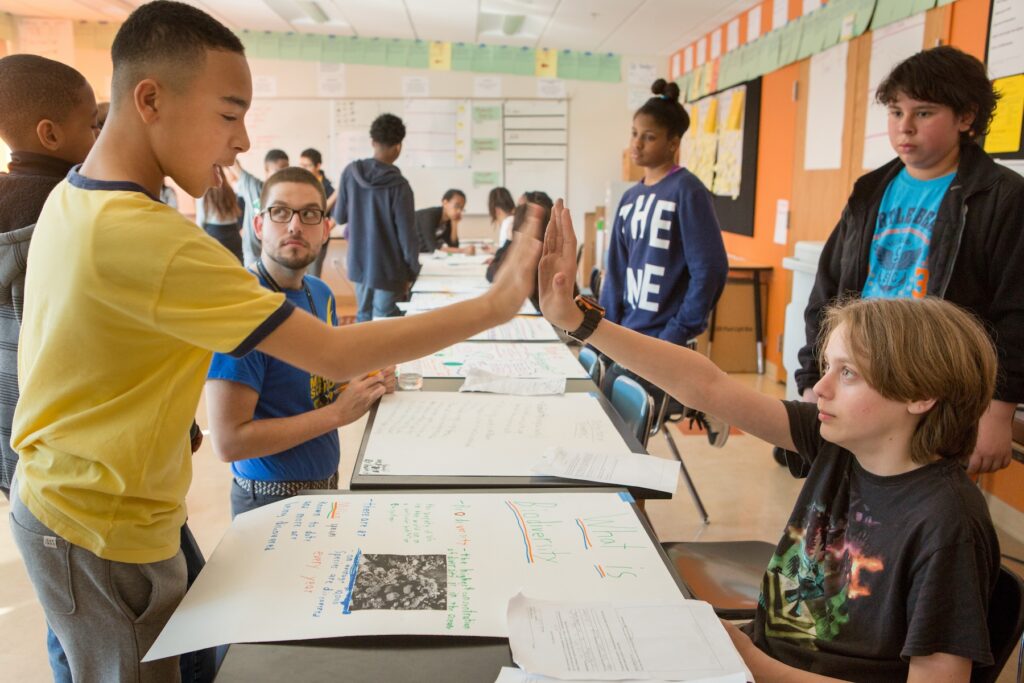Across the country, school leaders are reimagining how students learn—designing models that are more engaging, effective, and connected to the world students are entering. But many say that today’s state accountability systems, while important for transparency and rigor, can make it harder to innovate.
This report from the Canopy Project explores what 186 innovative school leaders say about how accountability systems affect their work and what they hope to see in the future. The findings shed light on how state and federal policymakers can uphold high standards while giving schools the flexibility to create new learning environments that work for every student.
Key Findings
State accountability has mixed effects on innovation in Canopy schools.
- Canopy leaders say accountability policies help reveal learning gaps and focus attention on core academics. Some schools find this helpful.
- Canopy leaders say accountability doesn’t capture school quality—or highlight which schools to learn from.
- Few Canopy leaders find accountability data useful for improving student outcomes.
- Half of the Canopy leaders think accountability makes it harder to pilot new approaches and personalize learning.
- High school Canopy leaders are four times more likely than elementary and middle school leaders to report that state accountability systems affect them negatively.
School leaders don’t want to eliminate state accountability systems, but they do want to change them.
- Canopy leaders want accountability systems to balance state test data with other information about learning opportunities, experiences, and outcomes.
- By a 2 to 1 ratio, Canopy leaders are more interested in “right-sizing” state testing to ensure a lighter footprint than in trying to make tests more instructionally useful.
The Canopy Project is a collaborative effort to surface and share innovative K–12 schools from communities across the country, stewarded by CRPE and Transcend. The project surfaces how schools are creating more engaging, effective, and empowering learning environments and the conditions that enable their success. Learn more and explore the database at CanopySchools.org.






